The Art of the Charette
A charrette is one of those rare moments in the design process where ideas, experiences, and expertise converge—where the simple act of pen on paper weaves together the collective knowledge of a project team. It’s where the fluidity of dreams meets reality, and where change begins to take tangible form.
At OCBA, we see a design charrette as more than just a meeting. It is an opportunity to unify a client’s goals for the future with the real needs, wants, and existing conditions of their site. Our role is to connect function with sustainability and aesthetics, blending our design expertise with the client’s understanding of how their site lives and breathes year after year.
In a world filled with fast-paced technology and virtual connections, there’s something truly powerful about gathering around a table, sketching, and speaking face-to-face. This is where the art of the charrette shines. Ideas are explored in real time—shared, tested, and refined—allowing a master plan to evolve organically through open conversation and creative energy.
This process is as much a dance as it is a discipline. Designers must be brave enough to sketch freely and offer their ideas to the group, knowing they’ll be questioned, pulled apart, and rebuilt into something stronger. What begins as an individual idea becomes something that belongs to a community. It requires a willingness to collaborate, critique, and reimagine in order to transform a collection of concepts into a cohesive, implementable vision.
That’s why we continue to believe in the power of the charrette. It’s an art form that honors collaboration, creativity, and the courage it takes to design together.
Our Tools and Process
So, what are the tools of this art form? What does the process look like in practice?
We begin with a framework discussion prior to or at the beginning of the charrette to identify potential goals, ongoing projects and initiatives, and major concerns. We then enter the design charrette with open minds, blank maps, and as much information as we can gather. From there, we begin a cycle: listen, draw, discuss, repeat. A successful charrette relies on active engagement with the client to refine the design direction, leaving everyone with a clear vision of both needs and solutions. Often, staff, program leaders, partner organizations, and other key stakeholders participate in all or portions of the charrette.
Many of our charrettes take place on-site, allowing for “ground-truthing”—walking the project area to verify elements, visualize the design in three-dimensional space, and connect ideas directly to the landscape. By the end of the day, we’ve generated a conceptual plan that captures the discussions, revisions, and inspirations from the group. This becomes the foundation for further refinement and graphic development as the project moves forward.
The charrette process may not be the right fit for every project, but even without it, the art of Landscape Architecture remains. The creative process simply takes a different shape—one that allows the design team to explore iterations over time, giving the client space to reflect, provide feedback, and ultimately help shape the final outcome.



